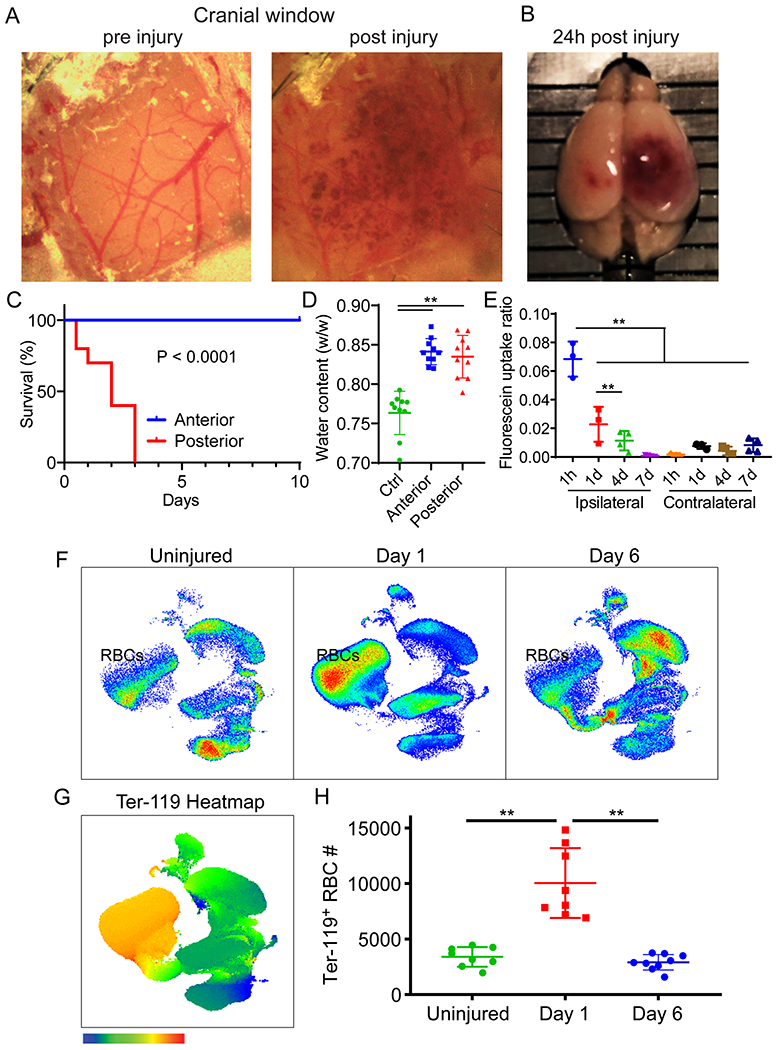Extended Data Fig. 2. Characterization of the cerebrovascular injury model.

A. Magnified images of the 2mm x 2mm x 15μm thinned skull window pre- and post-injury depict petechial intraparenchymal hemorrhages at 10 min post-injury. B. Macroscopic depiction of a mouse brain 24 h following posterior sonication injury. C. Kaplan-Meier curve demonstrates a median survival of 2 days after posterior sonication injury. Anterior sonication injury does not result in fatalities. Cumulative data are shown from 2 independent experiments with 10 mice per group (P=2.96e-10, Log-rank test). D. A graph showing quantification of cerebral water content demonstrates increased edema 24 h after sonication with 7.7% and 7.1% increase in water content after anterior and posterior injury, respectively, relative to uninjured control mice (**P<0.01, anterior P=2.9e-7, posterior p=1.3e-6, One-way ANOVA/Tukey test). Cumulative data are shown from 2 independent experiments with 5 mice per group per experiment. E. A graph showing quantification of fluorescein extravasation into the ipsilateral versus contralateral brain hemisphere at the denoted time points post-injury (**P<0.01, One-way ANOVA/Tukey test). Data are representative of 2 independent experiments with 4 mice per group per experiment, 2 samples were above the detection limit and not included. F-H. High parameter flow cytometric analysis of brain biopsies from mice at d1 and d6 post-injury relative to uninjured controls. A UMAP plot of concatenated live cells from each group is shown in panel F. A heatmap of Ter-119 signal on a UMAP plot reflecting the concatenated cell populations from a single experiment is shown in panel G. Panel H shows a scatter plot depicting the absolute Ter-119+ RBCs. Cumulative data are shown from 2 independent experiments (Uninjured n=8, d1 n=8, d6 n=9, **P<0.01, One-way ANOVA/Tukey test; gating strategy in Supplementary Figure 1A). Graphs D, E, H show the mean±SD.
